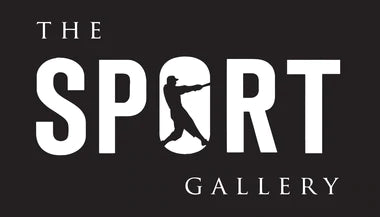Enjoy complimentary shipping on orders over $100 in Canada (some exclusions apply). We are proudly Canadian 🍁
Menu


- Featured
- Apparel
- Headwear
- Shop By Team
- SPORT Prints








